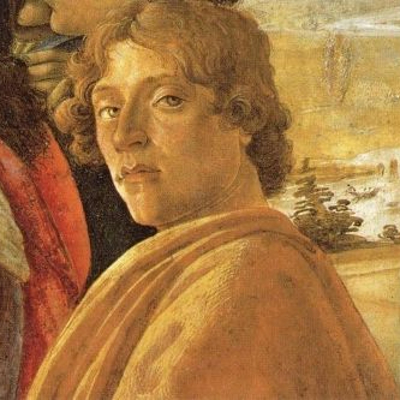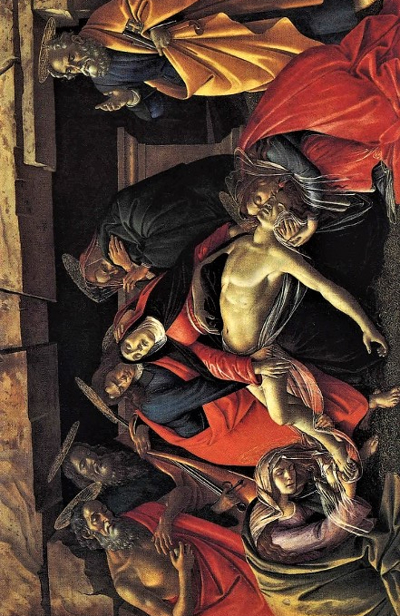Renaissance Art
Sandro Botticelli was one of the greatest artists of the Renaissance, not only recognized for his works, but also for the way he revolutionized the arts market. Around the age of 18, he apprenticed under Fre Filippo Lippi, a well-respected artist in Florence, where he learned many painting techniques and gained an abundance of client contracts. He then owned one of the largest painter’s workshops, known as a “bottega,” in Florence during the 1470s and 1480s. Bottegas during this time were run with a strict internal hierarchy, with the master artist, called a “capobottega,” at the head of the shop, with many assistants, collaborators, and artists below working for
Saphyn Neff
6 chapters
23 Feb 2022
The Bottega of the Botticelli Family
June 15, 1475
|
Florence
Sandro Botticelli was one of the greatest artists of the Renaissance, not only recognized for his works, but also for the way he revolutionized the arts market. Around the age of 18, he apprenticed under Fre Filippo Lippi, a well-respected artist in Florence, where he learned many painting techniques and gained an abundance of client contracts. He then owned one of the largest painter’s workshops, known as a “bottega,” in Florence during the 1470s and 1480s. Bottegas during this time were run with a strict internal hierarchy, with the master artist, called a “capobottega,” at the head of the shop, with many assistants, collaborators, and artists below working for

him. Although most well-known artists of the Renaissance owned bottegas, only fully trained artists were allowed to own and run them, which made them rather important. The master artists heading said bottegas would deploy those working below them to produce works of art as they were commissioned. “As this implies, and numerous art historians in recent publications concerning major fifteenth-century painters have argued, the Renaissance approach to making works of art was defined by corporate production in the workshop.” (O’Malley) This is the time that art production flourished.
Botticelli’s bottega produced many works heavily influenced by the culture of Florence, however his general style could be mainly described as Gothic. When religious works become increasingly popular, he altered his painting style and subjects to match with the latest trends. Due to his changing and developing style, many of his works have different “looks” than one another. For example, he created many mythological paintings. His unconventionality with changing styles to keep up with market demand makes him stand out amongst other artists of this time period.
One famous painting created in one of Botticelli’s workshops is a later painting known as Lamentation over the Dead Christ, created between 1499 and 1500. This piece is a dramatic depiction of a group of mourners surrounding the dead body of Christ, painted with tempera and oil. It is meant to enhance a sense of pathos and


sympathy within its viewers, highlighting the connection between art and expression. This painting was commissioned for the church of San Paolino in Florence.
Share your travel adventures like this!
Create your own travel blog in one step
Share with friends and family to follow your journey
Easy set up, no technical knowledge needed and unlimited storage!